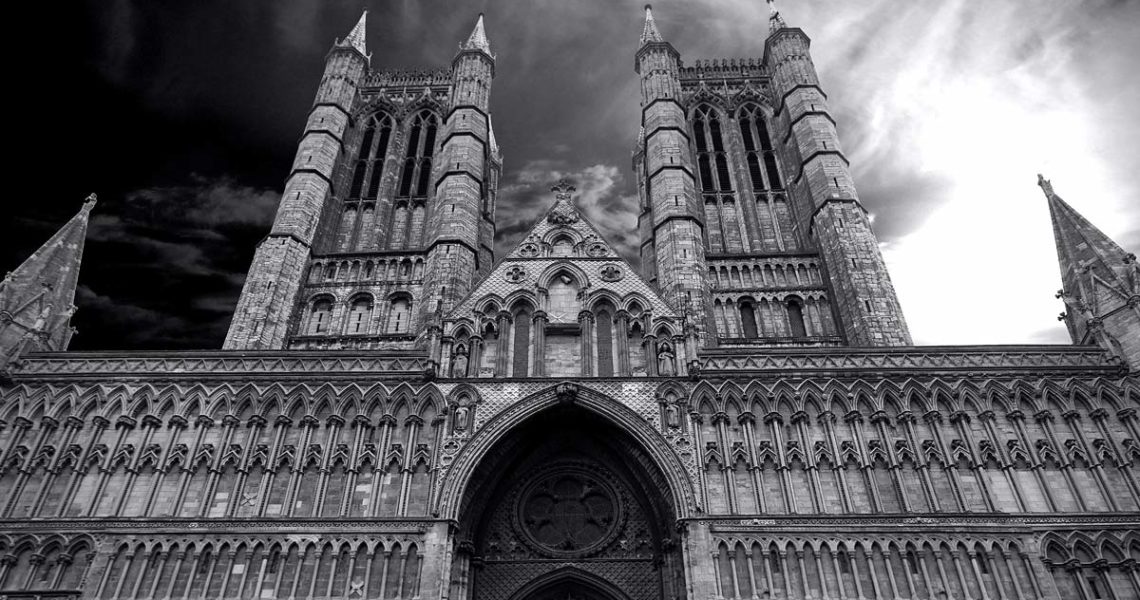Brief about Gothic Gods
Welcome back to 8metals.com. Today we will explore the Gothic tradition. It can be termed as pre-Christian culture as well. Their architecture and dialect is unique too. It’s always a pleasure to know our antique religions. The Gothic’s believed in a number of Gods. They were later converted to Christianity. The Spearhead Kovel of the 3rd century dates back to the Gothic tradition. It bears the inscription ending with the word Hailag meaning sacred. So let’s get exploring. Enjoy reading!!!
History: To have a deeper look into any culture, we must first know it’s history. The Goths were the 3rd century civilization. During 4th and 5th century they were converted to Christianity. The Gothic tradition is thus limited to a particular time frame of 3rd and 4th Century. Before Christianisation, they practiced German Paganism. Kuni was the centre of the Gothic culture. The Reiks were the guardians of the Gothic people and Sacrificial meals were performed during rituals. When the Gothics started embracing Christianity, Reiks saw the threatening of a new religion. Sabas of the Gothic tradition was executed for professing Christianity. Goths were earlier settlers of Scythia during the 2nd century. According to certain scholars they went a through a process of ethno-genesis. Most of the cult was a heterogeneous tribe grouped under the elite superiority of the Reiks. This was a purely tribal religion. They practiced polytheism and worshipped nature. They also had the tradition of ancestor worship. They were similar to the Tervingi dynasty who sung songs in praise of their ancestors. They were unlike the Amali people who defied their ancestors. However this gradual shift to Christianity, took a turning point during the 370s. A civil war broke out between the Christian Reiks Fritigern and the pagan Reiks Athanaric. This paved the way for Roman military intervention on the side of Christian Reiks. This led to the Gothic war from 376-382. During the first stages of the war, the Romans helped the Christian Gothics to cross the Danube river. They sheltered these people along with bishops and the priests. Many of the Pagan Gothics dressed up as Christians to get asylums from the Romans.
Religious practices: The word god comes from the pagan Gothic word Guth. It symbolised a wooden figurine of a pagan reik called Winguric. He was the prime force behind the prosecution of the Christian Goths. With time this word became the Christian word for Lord and found place in the Gothic Bible. Initially the word God was referred to the supreme being who was neutral. Later when adapted in Christianity, this word changed from neutral gender to masculine gender. The name Goths itself means,” those who liberate” and the guth means idol of liberation. The terms to sacrifice and the one who sacrifices were Blotan and Blosteris in the Gothic Bible. Presently these terms are Christian worship and Christian priest. The Gothic religion marks it’s uniqueness in the absence of weapons in the burial ground of graveyards unlike the early Germanic religions. All of the primal civilizations had the practice of burying the dead bodies along with weapons. However with the advancement of Christianity, these practices were driven away. But it seems that the Goths never felt the need for placing weapons along with the corpses. This can be because, the weapon burial practices starred during the 5th and 6th centuries. This was mainly due to establishing superiority and prestige of certain higher classes to show off their power and higher economy. This increased the inter group conflicts. However after Christianisation of the Goths, these practices were lost. Christianity tries to emulate the idea of inter class. All have similar rights and belong to the same group. This concept is perhaps taken from the Gothic tradition as they too did not have weapon burial rituals proving that they were against the idea lower or upper classes. The Goths were believers of witchcraft. According to legends, Haliurun was expelled by the Gothic king Filmer. He then shook hands with the evil spirits. This gave birth to a separate progeny after their mating. They were called the Huns. These Huns destroyed the Gothic empire. However the Gothics were non believers in necromancy which is the science of after death. This is analogous to the pagan Scandinavian rejection of the Sieor which was a type of magic practiced in the Norse mythology.
Gothic deities: The Gothics had very few individual gods. Not much is found about their deities. They had the God of war similar to the Roman Mars and Germanic Tiwaz. Tiwaz was called Teiws in the Gothic dialect. He was believed to be their ancestor. Another crucial deity was Fairgunesis, who is similar to the Roman Jupiter. Gaut or Gapt was an ancestor deity of the Anamali dynasty. However it remains unclear as this deity was individual or just another name of the previous deities. Gaut in some versions is considered the manifestation of Scandinavian deity Odin. Odin was the inspiration behind the Goth’s ancestors coming to the Black sea. According to Gothic mythology, the Asians or the Indo- Iranian cult was originally Aseyr tribes led by Odin. They somehow migrated to Asia. This cult mixed with the Germans and the proto Germanic tribes came up by the end of Bronze age. However existence to one God named Ignwaz has been found. The Gothic mythology was quite similar to the German mythology. They practiced paganism and were nature worshippers. So the ancient mythologies were aware about the forces of nature and probably that’s why they were safe from pollution.
So hope you had an insight into the Gothic culture and how Christianity came up. Keep following us for more. We will come back with more interesting facts. Stay safe and healthy.
